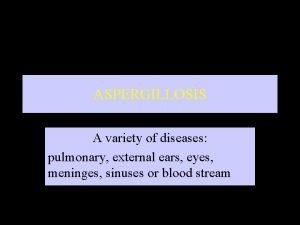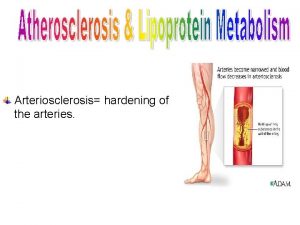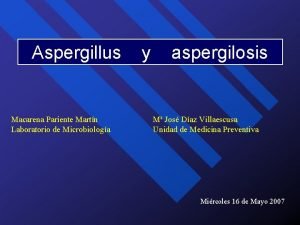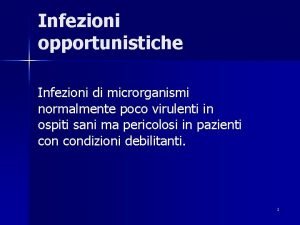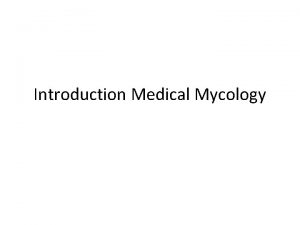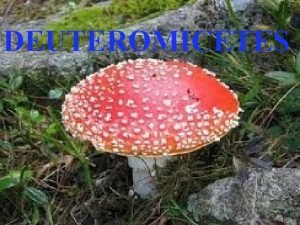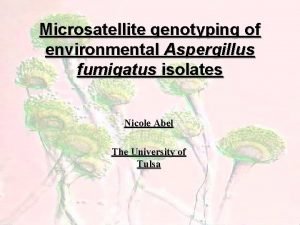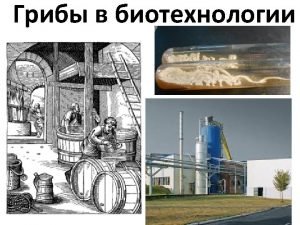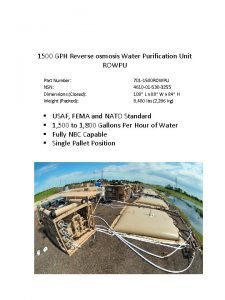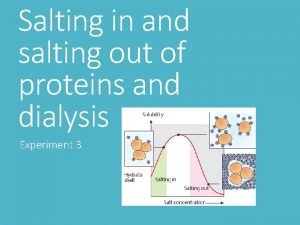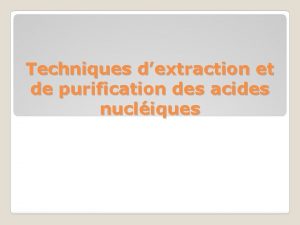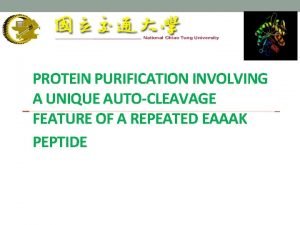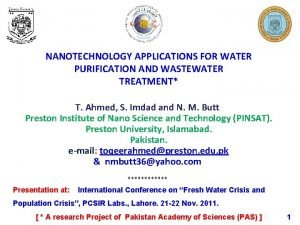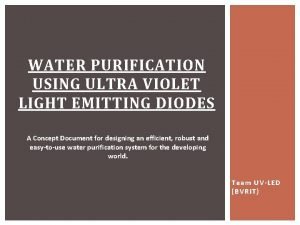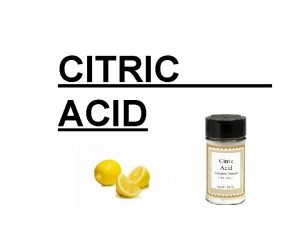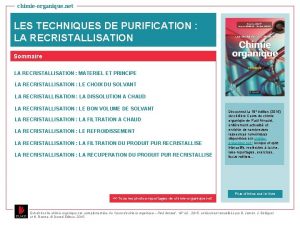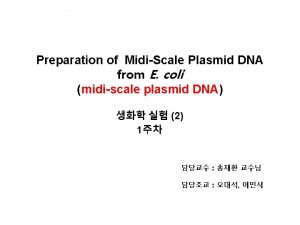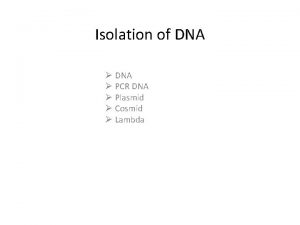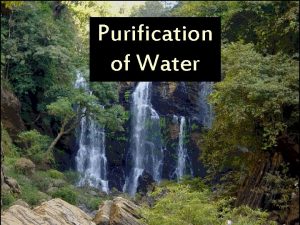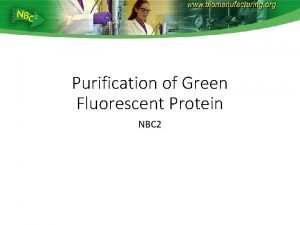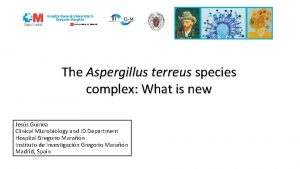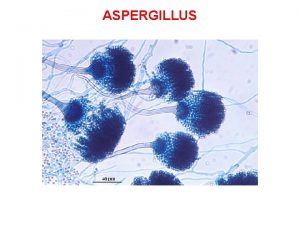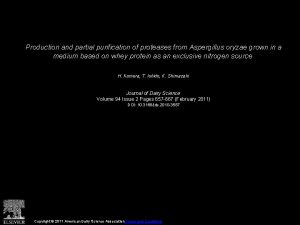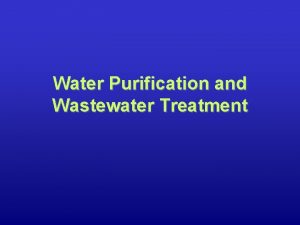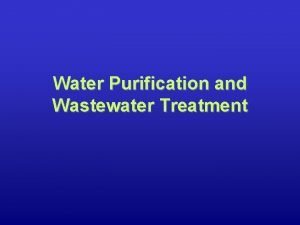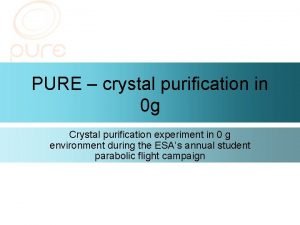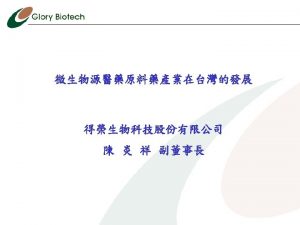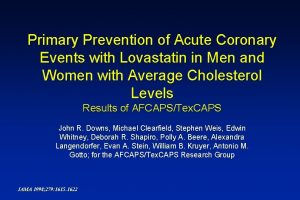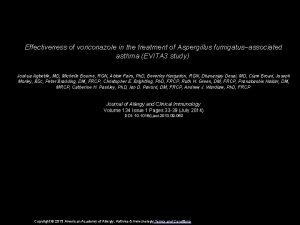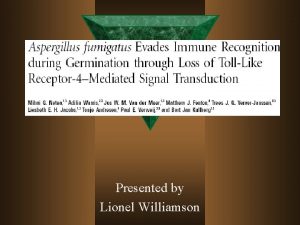Purification of Lovastatin from Aspergillus terreus KM 017963





























- Slides: 29

Purification of Lovastatin from Aspergillus terreus (KM 017963) and Evaluation of its Anticancer and Anti-oxidant Propertiesc Presented by Bhargavi S D Research scholar Department of Microbiology and Biotechnology Bangalore University Bangalore 1

Introduction v Higher LDL levels/hypercholesterolemia, atherosclerosis Angina, coronary artery diseases, stroke. v Cholesterol-controlling medications- Statins v Statins are the world's most prescribed drug in world to combat hypercholesterolemia. � Merck in 1979 reported Lovastatin from Aspergillus terreus-, 1987 FDA Approval. � An estimated 30 million people worldwide take statins �Atorvastatin �Fluvastatin � Lovastatin �Pravastatin Semi-synthetic forms Compactin Natural statins �Rosuvastatin �Simvastatin � 2

Mode of action of lovastatin 3

Diverse applications of lovastatin v Cardio-vascular: Cholesterol level-Artherosclerosis (Praveen et al. , 2014). v Bones: Osteoporosis, fractures (Li et al. , 2003). v Neuro-degenerative: MS/Parkinsons/Alzheimers (Schuster et al. , 2009) v Rheumatoid arthritis (Doornum et al. , 2004). v Antifungal activity: Candida sp. , Cryptococcus neoformans Saccharomyces cerevisiae (Chamilos et al. , 2003) v Anti-cancerous: Propoptotic (Masa et al. , 2004, Elena et al. , 2008, Julie et al. , 1997, Linda et al. , 2010). v Antioxidant: Epithelial cell damage. NADP(H), OH-, ROS, ONOO-NO- scavenger (Mohan-Kumari et al. , 2011) 4

Lovastatin as anticancer agents Lovastatin is reported to reduce proliferation of � Lung cancer (Elena et al. , 2008) � Breast cancer (MCF-7), (Julie et al. , 1997) � Liver cancer (Hep. G 2) (Linda et al. , 2010) and � Cervical cancer (He. La cells): is the second most common cancer in women worldwide and thus is one of the leading causes of mortality in women (Fritz et al. , 2003). 5

Fungal organisms reported for lovastatin production Aspergillus spp. (Lopez et al. , 2003, Praveen et al. , 2014) Ø Penicillium spp. (Latha et al. , 2011) Ø Monascus spp. (Sayyad et al. , 2007) Ø Trichoderma spp. (Siamak et al. , 2003) Ø Pleurotus spp. (Julio et al. , 2003) are widely reported soil fungi capable of lovastatin production. Ø Ø However, Commercial production of lovastatin employs A. terreus (ATCC-20542) (a soil fungus) 6

Objectives of the Study Lovastatin produced by a fungus, Aspergillus terreus (KM 017963) isolated by us from tropical soil was used for the present study (Praveen et al. , 2014). 1. 2. Purification of lovastatin from A. terreus by adsorption chromatography Evaluation of anticancer and anti-oxidant property of purified lovastatin using He. La cells. 7

1. Materials and Methods 1. 1 Culturing of A. terreus by Solid State Fermentation (SSF) Wheat bran (40 g) as substrate Inoculated with spore suspension (107/8 ml spores) of A. terreus (KM 017963) Incubated at 280 C for 7 days 8

1. 2 Extraction Inoculated substrate was dried at 40◦C for 24 h Crushed to powder Ethyl acetate (150 ml) was added Filtrate was dried using rotary vacuum evaporator 9

1. 3 Purification of lovastatin One gram of dried crude lovastatin extract was loaded on to pre-packed silica gel column Elution with benzene (100%), And combination of Benzene: Acetonitrile in the following ratio 95: 5, 90: 10, 85: 15, 80: 20 Acetonitrile (100%) Thin Layer Chromatography (TLC) 10

1. 4 Detection of Lovastatin by Thin Layer Chromatography (TLC) Organic phase (20 µl) was spotted on TLC plate Dichloromethane: Ethyl acetate (70: 30) Rf comparison with standard Lovastatin (Sigma) 11

1. 5 Quantification of Lovastatin by High Performance Liquid Chromatography (HPLC) C-18, (250 mm x 4. 6 mm I. D micro metre) column with diode array detector v. Injection volume 20 µL v. Eluent (mobile phase) : Acetonitrile and Water (70: 30) (acidified with phosphoric acid (0. 1%). v. Flow rate ~ 1. 0 ml/min. v. Detection at 238 nm v 12

He. La cell line as model system Cytotoxicity study by MTT assay Oxidative stress detection by 1. Hydroxy radical scavenging assay 2. GSH assay DNA damage and cell cycle studies by Comet assay and flow cytometry respectively Determination of Mitochondrial membrane potential by rhodamine 123 13

Anticancer and Antioxidant assays were carried out following the standard protocols of authors mentioned below 1. 2. 3. 4. 5. 6. Genotoxicity Test by Comet assay- Collins et al. , 1993 Cytotoxicity test by MTT assay: Denizot and Lang (1986) Cell Cycle studies following protocol of Bishayee et al. , 2013 Hydroxyl Radical assay (Deoxyribose assay)- Halliwell et al. , 1987 Mitochondrial Membrane Potential (MMP) analysis. Cossarizza et al. , 1993 Glutathione (GSH) assay- Boyne and Ellman (1972) 14

2. Results and Discussion 15

2. 1. Detection of purified lovastatin by Thin Layer Chromatography (TLC) Spotted on TLC sheet Pooled 80: 20 fraction of Benzene: Acetonitrile Detection of lovastatin in 80: 20 fraction of Benzene: Acetonitrile by TLC Lane 1: Purified lovastatin from A. terreus (KM 017963) Lane 2: Lovastatin standard (Sigma) 16

2. 2 Quantification of purified lovastatin by High Lovastatin standard Performance Liquid Chromatography (HPLC) 17

2. 3. Cytotoxicity Percentage inhibition • Lovastatin showed significant dose dependent cytotoxic effect on He. La cells (Figure 2). • 50% inhibition was found to be at 160 μg/ml. • Results indicate that lovastatin is a strong cytotoxic agent which partially explains its anticancer activity and can be suggested for the use as chemotherapeutic agent 90 80 70 60 50 40 30 20 10 0 5 10 20 40 80 160 320 Concentration of lovastatin (μg/ml) Percentage inhibition of He. La cells indicating cytotoxic effect of purified lovastatin 18

2. 4. Hydroxyl radical scavenging assay Lovastatin showed moderate hydroxyl radical scavenging activity (54. 06%) at tested concentration as compared to its positive control (catechin) which showed 86. 86% Control Lovastatin Hydroxyl radical scavenging activity of standard, catechin and purified lovastatin 19

2. 5. Glutathione (GSH) assay Lovastatin showed moderate reduction in total glutathione (41. 53%) as compared to its positive control (ascorbic acid) which showed 68. 85% reduction of Glutathione 45 40 35 30 25 20 15 10 5 8 12 64 32 16 8 4 2 1 C on tr ol 0 Concentration of lovastatin (μg/ml) Reduction (percentage) of total GSH in lovastatin treated He. La cells. 20

2. 6. Mitochondrial Membrane Potential (MMP) assay • Lovastatin at tested concentration showed significant decrease in uptake of Rhodamine 123 (Rh 123) by He. La cells at 10. 03% as compared to untreated control (80%). Control(Untreated) Treated with lovastatin Fluorescence microscopic images of untreated He. La cells (control) and treated He. La cells with purified lovastatin Control Treated with lovastatin Flow cytometric analysis of Rh 123 treated He. La cells (control) and Rh 123 treated He. La cells exposed to purified lovastatin 21

2. 7. Cell cycle study • Propidium iodide staining showed suppressed proliferation of He. La cells in cultures containing lovastatin. • Cells show cell cycle arrest of 20. 09%, 65. 58% and 9. 24% at Sub. G 0/G 1, G 0/G 1 and S phase respectively as compared to untreated cells (0. 0%). • This result suggests that lovastatin do not allow the cells to grow from Sub. G 0/G 1 to next phase of cell cycle and at the same time it might induce the apoptosis. 22

70 percentage inbition 60 50 40 Sub G 0/G 1 Go/G 1 30 S 20 G 2/M 10 0 Control 160μg/ml Concentration of lovastatin (μg/ml) Cell growth arrest (percentage) of He. La cells by purified lovastatin at Sub. G 0/G 1, S and G 2/M phases. 23

2. 8. DNA damage (Genotoxicity) by comet assay • Result of the comet assay said that lovastatin showed moderate DNA damage seen as tailing of DNA (Figure 3). Control (untreated) Treated with lovastatin Fluorescent microscopic images of DNA fragmentation of He. La cells exposed to purified lovastatin 24

3. Conclusion • Our present study adds onto some recent evidences to show that lovastatin are not only capable of reducing cardiac disease related mortality, but cancer incidence is also reduced worldwide by 28 -33% (Elena et al. , 2008, Julie et al. , 1997, Linda et al. , 2010). • Results also suggest the probable use of lovastatin in association with conventional treatment as apoptosis-triggering agents in He. La cells. However, the interaction between lovastatin and chemotherapeutics used for cancer treatment should be examined. • Overall, lovastatin from A. terreus (KM 017963) can be suggested as a potent anticancer agent. 25

Acknowledgments This work was supported by the SERB, Govt. of India, vide grant number -DST/SO/FNo. SERB. SR/SO/ PS/046/2011. 26

THANK YOU 27

4. References � Latha, D. Prasanna, KPJ Hema Latha, and D. Sri Rami Reddy. "Production of lovastatin by solid state fermentation by Penicillium funiculosum NCIM 1174. "Drug Invention Today 3. 6 (2011). � Lopez, JL Casas, et al. "Production of lovastatin by Aspergillus terreus: effects of the C: N ratio and the principal nutrients on growth and metabolite production. " Enzyme and Microbial Technology 33. 2 (2003): 270 -277. � Sayyad, Sadik Ali, et al. "Optimization of nutrient parameters for lovastatin production by Monascus purpureus MTCC 369 under submerged fermentation using response surface methodology. " Applied Microbiology and Biotechnology 73. 5 (2007): 1054 -1058. 28

Alarcon, Julio, et al. "Production and purification of statins from Pleurotus ostreatus (Basidiomycetes) strains. " Zeitschrift für Naturforschung C 58. 1 -2 (2003): 62 -64. � Fritz, G. , C. Brachetti, and B. Kaina. "Lovastatin causes sensitization of He. La cells to ionizing radiation‐induced apoptosis by the abrogation of G 2 blockage. "International journal of radiation biology 79. 8 (2003): 601 -610. � Li, Xudong, et al. "Lovastatin inhibits adipogenic and stimulates osteogenic differentiation by suppressing PPARγ 2 and increasing Cbfa 1/Runx 2 expression in bone marrow mesenchymal cell cultures. " Bone 33. 4 (2003): 652 -659. � Schuster, Stefan, et al. "The 3 -hydroxy-3 -methylglutaryl-Co. A reductase inhibitor lovastatin reduces severity of L-DOPA-induced abnormal involuntary movements in experimental Parkinson's disease. " The Journal of Neuroscience 28. 17 (2008): 4311 -4316. � 29
 Aspergillus fumigatus
Aspergillus fumigatus Lovastatin side effects
Lovastatin side effects Aspergillus fumigatus
Aspergillus fumigatus Metule
Metule Is yeast multicellular or unicellular
Is yeast multicellular or unicellular Caracteristicas de los deuteromicetos
Caracteristicas de los deuteromicetos Mushroom compost miami ok
Mushroom compost miami ok Aspergillus fumigatus phylum
Aspergillus fumigatus phylum Medical
Medical Purification of plasmid
Purification of plasmid Plasmid
Plasmid Rowpu
Rowpu Salting out protein purification
Salting out protein purification Purification adn sur colonne de silice
Purification adn sur colonne de silice Protein purification
Protein purification Water purification
Water purification Diode is used for purification
Diode is used for purification Citric acid discovery
Citric acid discovery Need of water purification
Need of water purification Purification par recristallisation
Purification par recristallisation Purification of plasmid
Purification of plasmid Inert gas purification
Inert gas purification Protein purification and characterization techniques
Protein purification and characterization techniques Double pot method of disinfection of well water
Double pot method of disinfection of well water Plasmids
Plasmids Objective of water treatment
Objective of water treatment M.g.a.d full form water
M.g.a.d full form water Purification and characterization of organic compounds
Purification and characterization of organic compounds Double pot method of disinfection
Double pot method of disinfection Ion exchange chromatography
Ion exchange chromatography
